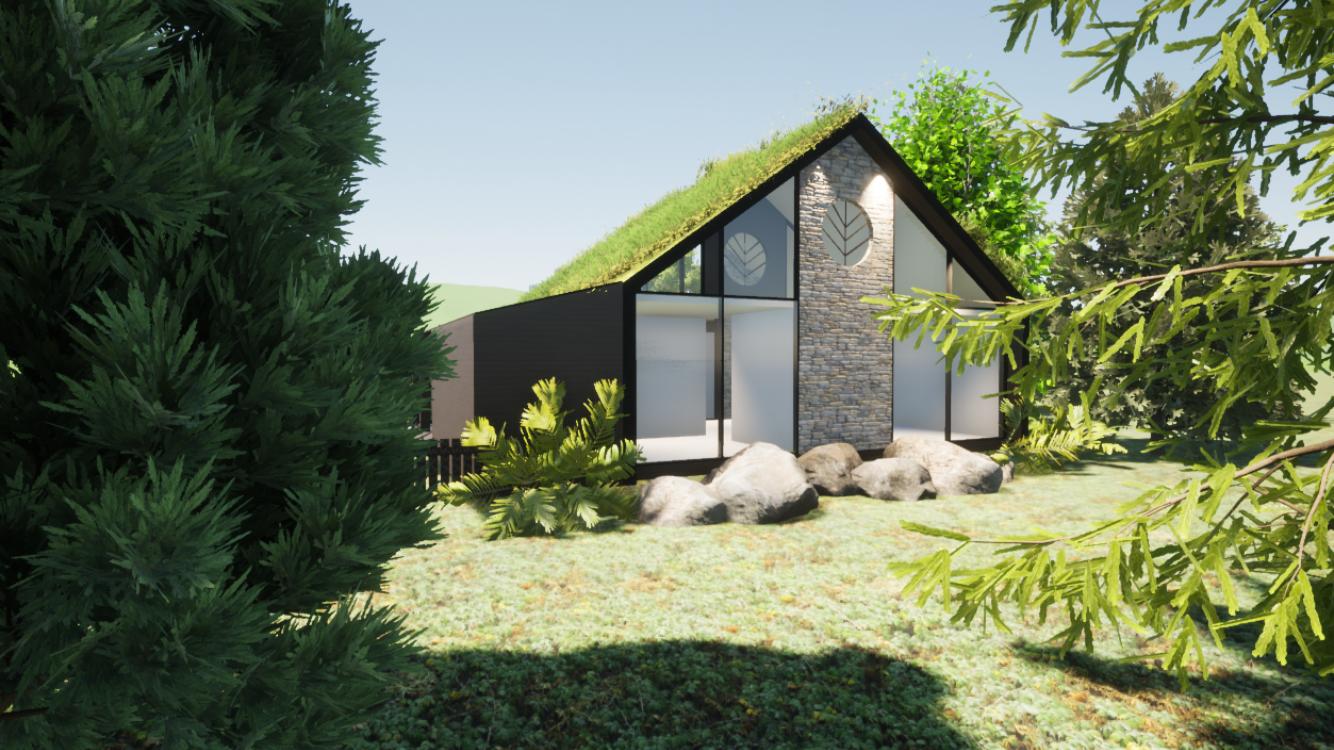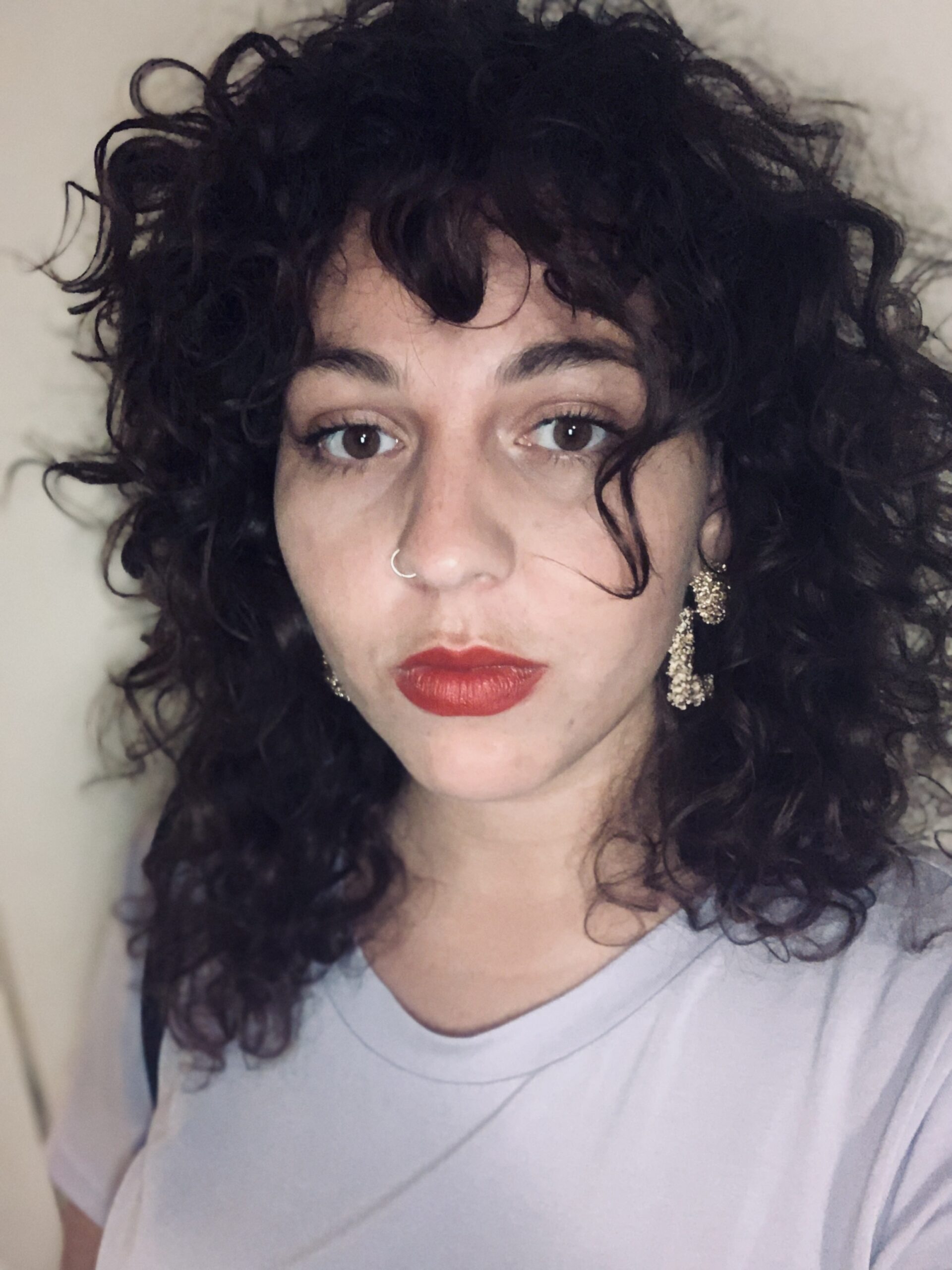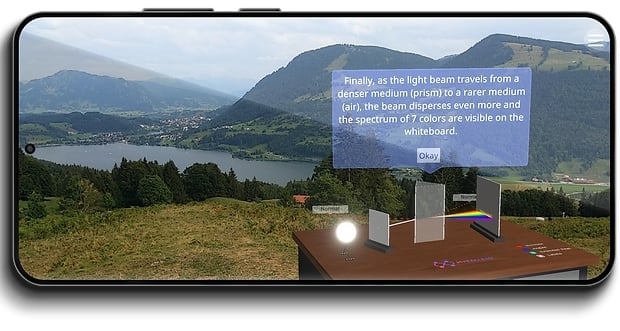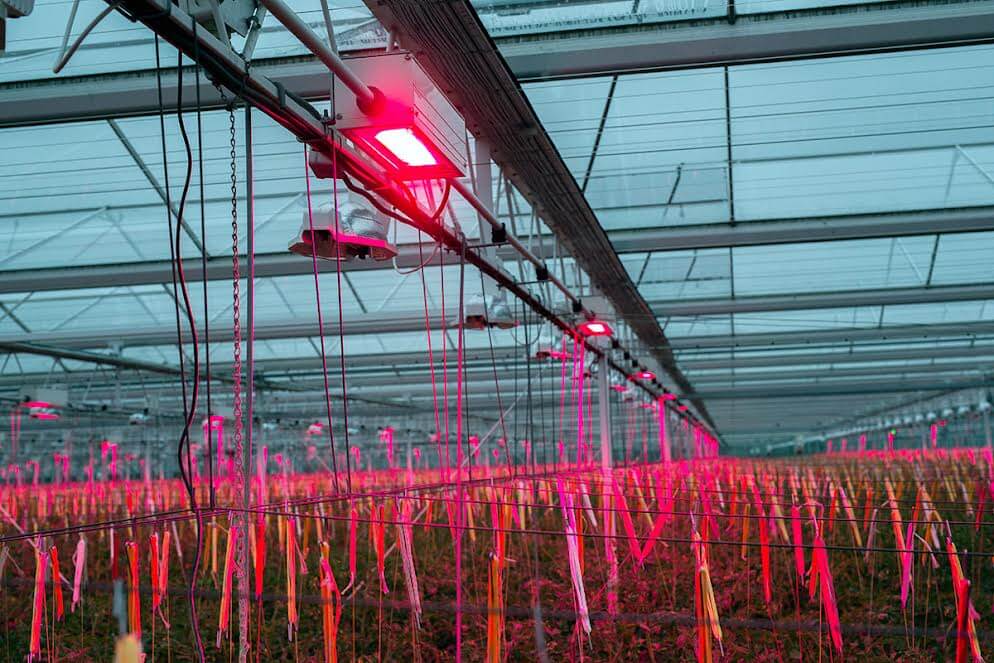
About Blue Millies BV
- Founders: Jan van Veelen
- Founded in: 2020, Utrecht, The Netherlands
- Employees: 6
- Money raised: Ownership investment
- Ultimate goal: -
New sustainable, social housing estates in areas with aging populations under the smoke of the big cities. According to Dutch Blue Millies co-founder Jan van Veelen, this is what a lot of Dutch people want. Van Veelen explains the vision of Blue Millies.

What does Blue Millies do?
“We are a not-for-profit social enterprise and our sole mission is to make an impact. We make that impact by changing the way we coexist in the world. That’s why we want to create residential neighborhoods that are sustainable, self-sufficient and where the residents empower each other. Nowadays, you often see that people who live in a neighborhood are not very different from each other on a socio-demographic level. We think that things can be done differently. There will be food forests, sports facilities, childcare centers and other meeting places in our neighborhoods. Based on the example of blue zones [areas where relatively many people live to be 100 years old in good health].”
Also interesting: From vertical farms to parcel collection: the ‘neighborhood hub’ as a junction point in the city of the future
How do you plan to do that?
“We want to build four sub-districts, with twenty-five homes on 1.5 hectares of land. Those homes are going to vary in size. But they are all aimed at providing a lot of privacy, with a large garden on a plot of land of around two hundred square meters in size. We are looking at municipal land with a designated residential use where previously, for example, the local scouts used to be. It is important to emphasize that we are not becoming a communal living group or co-living. Although residents will all have a role in the neighborhood. Those roles are meant to connect people and offer a counterbalance to the free market sector. We want to create diversity and inclusiveness by doing that.”
Is there already any enthusiasm for your residential neighborhoods?
“Yes. Sixteen hundred households have already signed up with us. Some of those households are so motivated that they typed out whole pages when they signed up. That’s how badly they want to join us. We are responding to the huge housing shortage of the past few years. The government is building, but these are often homes that are not affordable for the lower middle and upper lower socio-economic groups. That is why we are also looking at target groups that are less readily accessible. Consider single parents who are living in difficult housing situations, and other people who need homes. Depending on the municipality that wants to work with us and where we buy the land, we want the houses to cost around two hundred thousand euros with a mortgage. That sum then roughly amounts to a hundred thousand euros for the house, fifty thousand for the land, and another fifty thousand for the communal facilities, such as a food forest and the shared work and sports facilities.”
When will the first neighborhood rise from the ground?
“I think we can drive the first pile into the ground at the end of 2023, but my instincts say it will be sooner. We are currently dealing with the legal triangle with zoning procedures, permits and legislation. But fortunately, we also have some great people on board who understand this and work pro bono for us. Moreover, we are working together with institutions and companies including Wageningen University, the Utrecht University of Applied Sciences and Utrecht University whose students are working on the development of our concept. We now have the chance to do something right straight away that The Hague has not always done well. We are seizing that opportunity.”







